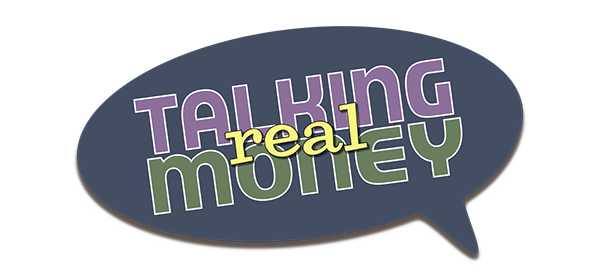The Perils of Deflation
Prices and wages can move in one of two directions; up or down. Rising prices are known as inflation. Falling prices mean deflation. American's has lived through an inflationary period for so long that few understand the dangers of deflation. In a recent interview, Vanguard CEO Bill McNabb and Chief Investment Officer Tim Buckley explained what could happen in both a deflationary cycle and another period of high inflation:
Question: Why is deflation bad?
Tim Buckley: Most people say, “Hey, deflation—falling prices. Isn’t that great?” The problem with it is an economy, developed economies especially, depend on consumption. People going out and buying from each other. And when there’s deflation what you do is you say, “Well, why would I buy something today that’s going to be cheaper tomorrow?” So you hold off. And in a deflationary environment you hold off and so GDP shrinks, and it becomes a vicious cycle. Deflation can, it is something you really want to avoid. And the ECB is on top of it. The debate is, you know, will it, when will they act? And how will they act? But the monetary authorities there, they’re very aware of the risk. The question is what actions will they actually take?
Question: But the problem with deflation is it’s very hard to undo, isn’t it? I mean we saw that in Japan.
Bill McNabb: Well, we’ve seen it in Japan, and, you know, frankly it was a huge part of the Great Depression. And I think if you look at all the policies that the Fed undertook in 2008– 2009 and has really continued, most of it, most of those actions, we believe, were due to Chairman Bernanke and his team’s really tremendous focus on making sure that deflation didn’t set in. Because it’s really, as Tim alluded to, it’s an asymmetric set of risks. Once you’re in the cycle, very difficult to get out.
Question: If deflation is bad, is inflation good?
Tim Buckley: Inflation—an expected inflation within a range would be good. So the Fed would target about a 2% inflation rate. And, there, where you see wages going up, say, 2% a year, prices going up 2% a year, that’s a healthy economy. What is almost as bad as deflation is when inflation goes out of control. It can be just as evil. And so what you want is you want controlled inflation. And the central banks, really across the world, really try to target that. Make sure that they can get a nice steady rate of inflation.
Question: Do we see wild inflation on the horizon?
Tim Buckley: We’ve been saying for years that, you know, Bill, you, we’ve talked aboutthis, right? We just don’t see it. We don’t.
Bill McNabb: There are no data that support there being a lot of inflationary pressures, especially in the U.S. When you look at what drives inflation, wages are the largest component. Most people focus on commodity prices, but, actually, wages are far more important, and we’ve not seen much inflation there. Actually, I want to come back also to Tim’s point. I actually am old enough to have lived through the last real high inflation period in the United States, and what high inflation does is it destroys value, and so your purchasing power shrinks very rapidly, year after year. And again, it can be a very, very detrimental thing and very tough to break. In 1981 it took Herculean efforts by the Fed and policymakers to actually break the back of inflation.
© 2015 The Vanguard Group, Inc. Used with permission.
